During his 2020 campaign, then-presidential candidate Joe Biden laid out his Build Back Better plan, with the goal to build “a modern, sustainable infrastructure and an equitable clean energy future”. While now President Biden’s roughly $2.2 trillion American Jobs Plan is short on details in almost every aspect, it does commit the Administration to making an immediate upfront investment of $16 billion on well and mine reclamation if Congress approves the funding. Specifically, the plan aims to generate 250,000 union jobs plugging abandoned oil and gas wells and reclaiming abandoned coal, hardrock and uranium mines in hard-hit and/or rural communities.
Orphaned wells pose environmental and public health risks and should be properly reclaimed. However, before committing to doling out billions of dollars of taxpayer money, Congress should carefully examine existing problems with the current orphaned well reclamation program to ensure oil and gas companies and other extractive industries bear their rightful share of the costs of cleaning up their operations.
Oil and Gas Well Reclamation
When oil and gas operators cease production, an inactive well must be cleaned up (reclaimed) by the operator. Unplugged wells that have not been maintained or reclaimed in accordance with statutes and regulations are considered abandoned. Orphaned wells are a subset of abandoned wells with no legally or financially responsible party. Abandoned and orphaned wells pose significant risks to the environment and public health by leaking methane gas, contaminating surface water and groundwater, fragmenting habitats, eroding soil, and interfering with agricultural land use. A recent McGill study found that methane emissions from orphaned oil and gas wells have been greatly underestimated. To mitigate safety, environmental, and public health risks, proper reclamation of orphaned wells is imperative.
There are few details about what type of program the Biden Administration envisions, including whether it would be a federal program or federal assistance to existing state programs. A bill, the Orphaned Well Clean-up and Jobs Act of 2021 (H.R.2415), introduced in the House by Representative Teresa Leger Fernández (D-NM) proposes $7.25 billion in grants for orphaned well reclamation on state and private lands and $700 million for reclamation on public and tribal lands. Whatever form of assistance is crafted, the oil and gas industry must not get a free pass while taxpayers pick up the tab for the mess these companies left behind in the first place.
Insufficient Bonding
The Bureau of Land Management (BLM), the agency in charge of onshore federal oil and gas leasing, is required by the Mineral Leasing Act to obtain adequate bonds or other financial assurance from operators before they can start drilling on federal lands. In the event an operating company dissolves or goes bankrupt, as they do regularly throughout the oil and gas boom-and-bust cycle, the BLM uses the company’s bond to cover the costs of any remaining reclamation work. If the amount of the bond is insufficient, taxpayers are forced to cover the costs of reclaiming the abandoned wells.
The current minimum for a bond covering wells on an individual lease is $10,000; for a bond with statewide coverage it is $25,000, and for a bond with nationwide coverage $150,000. These rates are inadequate. According to a Government Accountability Office report published in 2019, the average value of bonds held by BLM in 2019 does not reflect the full reclamation costs for the wells they cover. In fact, 84 percent of bonds, covering 99.5 percent of wells, are not high enough to cover even the lower end of the estimated reclamation cost. As a result, the financial burden of cleaning up some orphaned wells inevitably and consistently falls to taxpayers. For more information on oil and gas bonding, check out our fact sheet here.
In March, Representative Alan Lowenthal (D-CA) introduced the Bonding Reform and Taxpayer Protection Act (H.R. 1505) to increase the bond minimum to $150,000 and $500,000 for a bond covering wells on an individual lease or in an entire state, respectively. The measure introduced by Representative Fernández (H.R. 2415) also proposed the same increases to bond minimums. Although we applaud these measures as a first step towards ensuring that oil and gas companies, not taxpayers, pay for well cleanup, there are a few caveats. Current bond minimums and the proposed increased amount are grouped into categories and are not based on the number of wells they cover, so an operator with 10 wells in a state can post the same bond amount as an operator with 100 wells in the same state. Moreover, reclamation costs can vary drastically depending on the depth and location of individual wells—the Government Accountability Office (GAO) estimated that reclamation cost can range from $20,000 per well to $145,000 per well. Bonding rates do not adequately price this difference between different types of wells.
Missing Data: Unknown Number of Orphaned Wells and Unknown Costs
Another problem with the federal well reclamation program is that the BLM does not systematically track needed data. For instance, it does not track actual costs incurred by reclamation nor the total number of orphaned inactive wells over time. Lacking this data, BLM cannot accurately estimate potential cost and liabilities for orphaned wells and therefore has no assurance that it has obtained sufficient bonds to cover the costs of reclaiming orphaned wells. A 2018 GAO report recommended the BLM “systematically and comprehensively track” needed data to improve its oversight of potential liabilities. The more recent 2019 GAO report confirmed that the BLM does not have sufficient bonds to cover reclamation costs. The report found that the potential reclamation cost of orphaned wells in 2018 was around $46.2 million and that more wells are at risk of becoming orphaned in coming years. As of September 2020, the GAO recommendation remained open, meaning the BLM has not taken enough measures to fully implement the recommended executive action.
The full universe of orphaned wells is also unclear. In 2019, the Interstate Oil and Gas Compact Commission (IOGCC), a multi-state government group that “promotes the conservation and efficient recovery of domestic oil and natural gas resources,” surveyed its 30 member states on the number of documented and undocumented idle and orphan wells in each state. IOGCC reported that there are 56,600 documented orphaned wells, which includes some but not all orphaned wells on federal and tribal lands. However, the true total for orphaned wells on the state level remains unknown since there are even more undocumented orphaned wells scattered across the country. In Pennsylvania, estimated undocumented orphaned wells range from 100,000 to 560,000. In the United States, the estimated total number of orphaned well is between 210,000 and 746,000, but 9 out of the 30 states surveyed did not provide an estimate. The Environmental Protection Agency (EPA) estimated that there are about 2.1 million unplugged abandoned wells in the United States.
Uncertainty in the total number of abandoned wells leads to uncertainty in estimating the total cost of reclamation. The 2019 IOGCC survey reported that the national average for reclamation cost is around $24,000. Applying this estimate, the cost of reclaiming documented orphaned wells is roughly $1.36 billion and the cost of reclaiming undocumented orphaned wells can be anywhere around $5.04 billion to $17.9 billion using IOGCC estimates.
Making a multibillion-dollar upfront investment without a clearer idea of the magnitude or cost of the program does not inspire confidence, especially when a comprehensive system to track necessary data has not been put in place yet.
Holding Industry Accountable for the Cleanup Costs It Created
Insufficient bonding (see above) incentivizes oil and gas companies to abandon their oil and gas wells to some extent because it is often cheaper to forfeit the bonded amount than to reclaim their wells. Mechanisms to prevent the number of orphaned wells from increasing in the future should be implemented, instead of pouring taxpayer money on a problem that never gets solved entirely. The Bonding Reform and Taxpayer Protection Act (H.R. 1505), introduced by Rep. Lowenthal (D-CA), included a section that would prohibit leasing to any entity that has failed to reclaim wells on any previous leases It is a great first step towards holding oil and gas companies more accountable.
Apart from increasing bond minimums, there are other ways to make sure that the oil and gas industry contributes their share towards orphaned well reclamation. The GAO calculated that a separate fee of $1300 per drilling application, or an annual fee of $350 per inactive well could generate enough revenues over a decade to cover estimate potential reclamation costs without needing taxpayer dollars. The GAO recommended that Congress grant the BLM the authority to collect such fees and to implement mechanisms to obtain sufficient funds from operators to cover reclamation costs. In short, a multibillion-dollar commitment of taxpayer money to tackle a problem the oil and gas industry created and for which it should be held accountable is irresponsible without more explicit industry inclusion.
Orphaned wells should be reclaimed timely and properly as a means of protecting public health and combating climate change. But generously doling out taxpayer dollar is not the magical solution that can solve the problem once and for all. Making sure that bonding rates sufficiently cover the reclamation costs for current and future wells, having a comprehensively system to track the number orphaned wells and cost of reclaiming them on state and federal lands, and holding the oil and gas industry responsible for the costs of their business are some of the first steps to consider so that taxpayers are not the ones always on the hook for a problem the industry created in the first place.

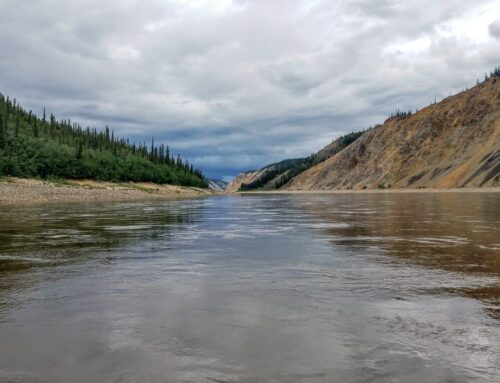
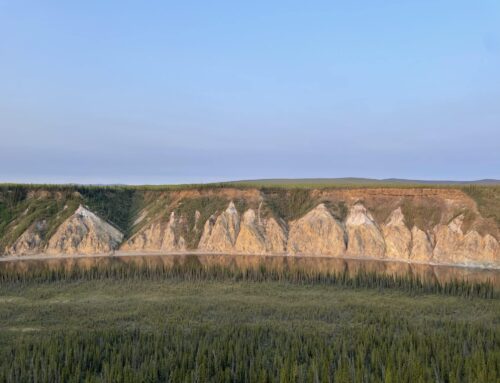
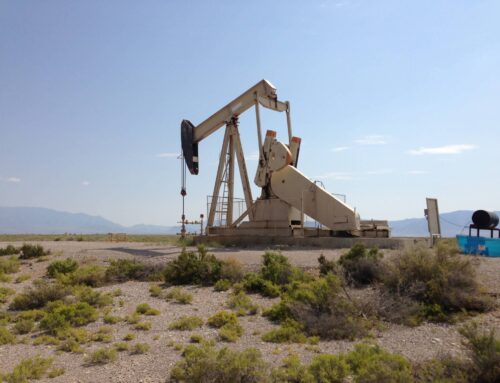

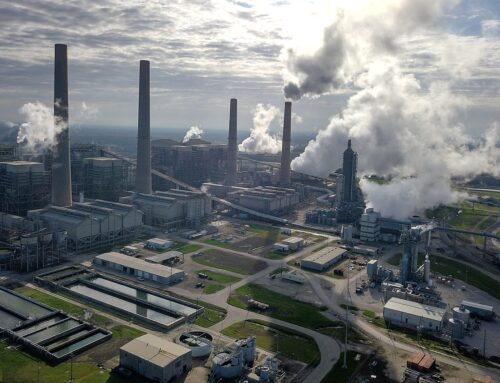
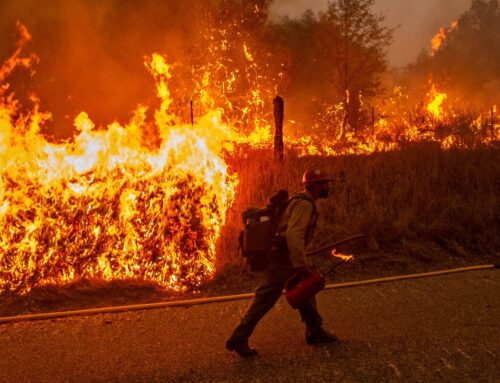
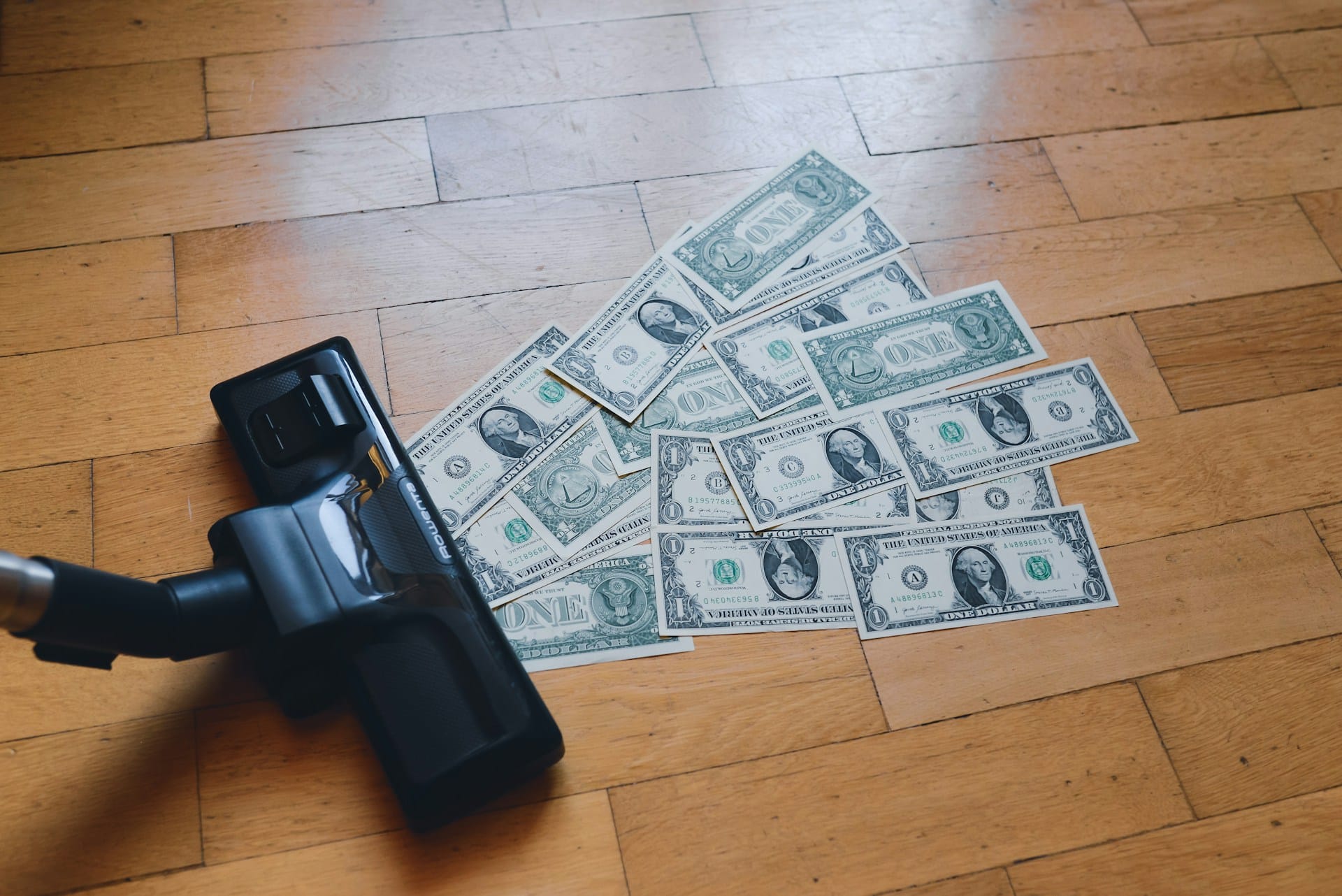

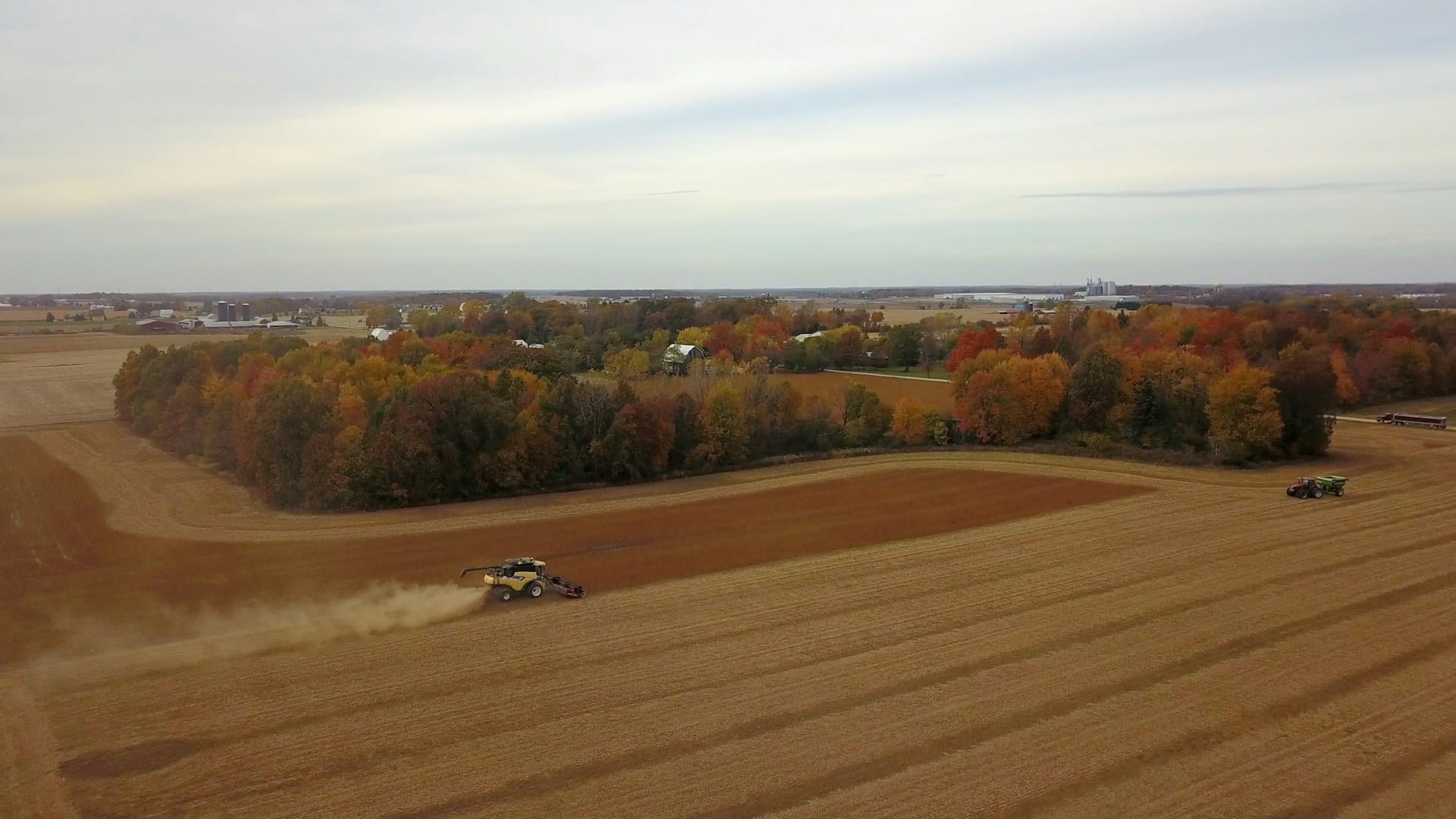
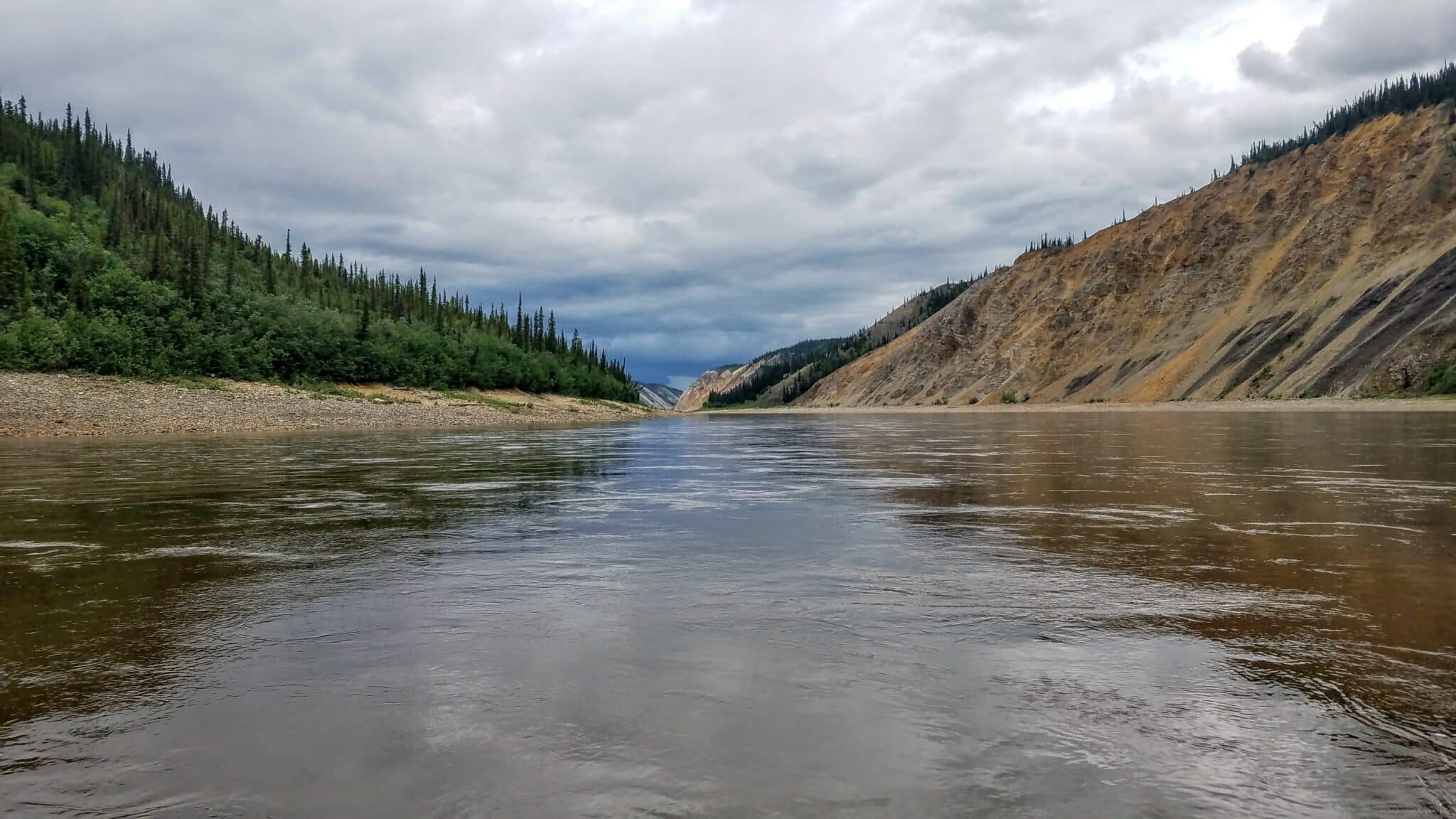
Get Social